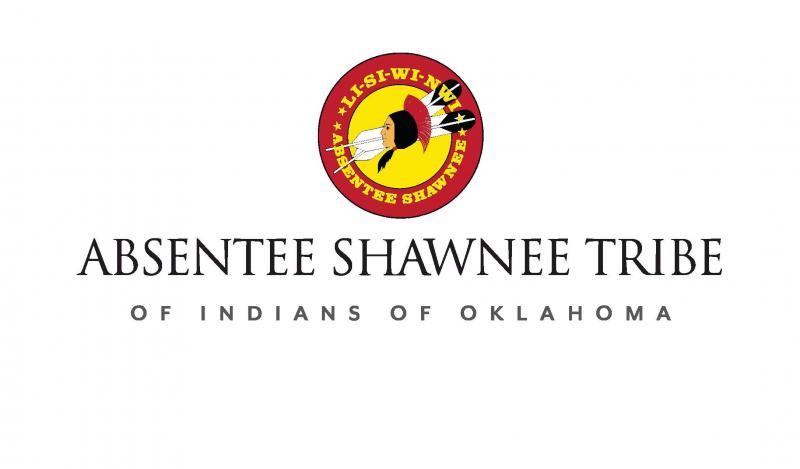Self Governance
What is Self-Governance?
Self-Governance is fundamentally designed to provide Tribal governments with more control and decision-making authority over the federal financial resources provided for the benefit of Indian people. Self-Governance is premised on the government-to-government relationship that exists between Indian Tribes and the United States as Sovereign nations. Self-Governance provides administratively the opportunity for Tribal governments to exercise their sovereignty with minimal federal interference and involvement.
History of Self-Governance
Public Law 93-638, the Indian Self-Determination and Education Assistance Act of 1975 or ISDEAA has been a Tribally driven initiative made possible through Congressional authorization and appropriate support. The Act reversed a 30-year effort by the federal government under its preceding termination policy to sever treaty relationships with and obligations to Indian tribes. More importantly, Self-Governance fostered the shaping of a "new partnership" between Tribes and the United States in their government-togovernment relationships.
Self-Governance was proposed by Tribes who, twelve years after passage of Public Law 93-638 continued to be frustrated with the Federal Indian bureaucracy as exhibited by the BIA and early IHS. As a way to demonstrate a Tribe’s ability to manage federal funds and administer the associated federal programs, Tribes had to go through the a five year demonstration project phase as required in Title III of P.L. 93-638, as amended. Once satisfactorily completing the demonstration phase, then a Tribe would be considered fully compacted as amendments to include Title IV (1994) and Title V (2000), Department of Interior and Indian Health Service, respectively came on line.
Achievements
- One of the first seven tribes to sign a compact with the Department of Interior/Bureau of Indian Affairs in November of 1990.
- One of the first 14 tribes to sign a self-governance compact with the Department of Health and Human Services/Indian Health Services in 1994.
- Participated in the Demonstration Project – Title III of ISDEAA for both Department of Interior and Indian Health Service as required.
- Participant in the negotiated rulemaking for the Title IV amendment to ISDEAA.
- Title III Demonstration Project with the Department of Interior is now compact with the 1994 Title IV amendment to include Self-Governance in DOI.
- Title III Demonstration Project with Indian Health Service is now a compact with the 2000 Title V amendment to include Self-Governance in IHS.
- 2017 – IHS Compact and Funding Agreement language modernized to reflect any new amendments and citations.
Tribal Programs and Services compacted with DOI/BIA/HHS/IHS
- Education
- Tribal Enrollment
- Realty
- Social Services
- Indian Child Welfare
- Law Enforcement
- Tribal Court
- Tribal Roads
- Absentee Shawnee Tribal Health System

Self-Governance Department
2025 S Gordon Cooper Drive
Shawnee, OK 74801
405.275.4030 x3520
Staff,
Twyla Blanchard
Director

